Bunion – Relevant Anatomy
The Big (‘Great’) toe is comprised of 3 main bones. The distal phalanx, the proximal phalanx, and the 1st metatarsal. The ‘joint’ between the metatarsal and the proximal phalanx is called the 1st MTP joint.
The 1st MTP joint in enclosed in a thick layer of tissue called the joint capsule. Additional small foot muscles attach to adjacent bones and contribute to the condition.
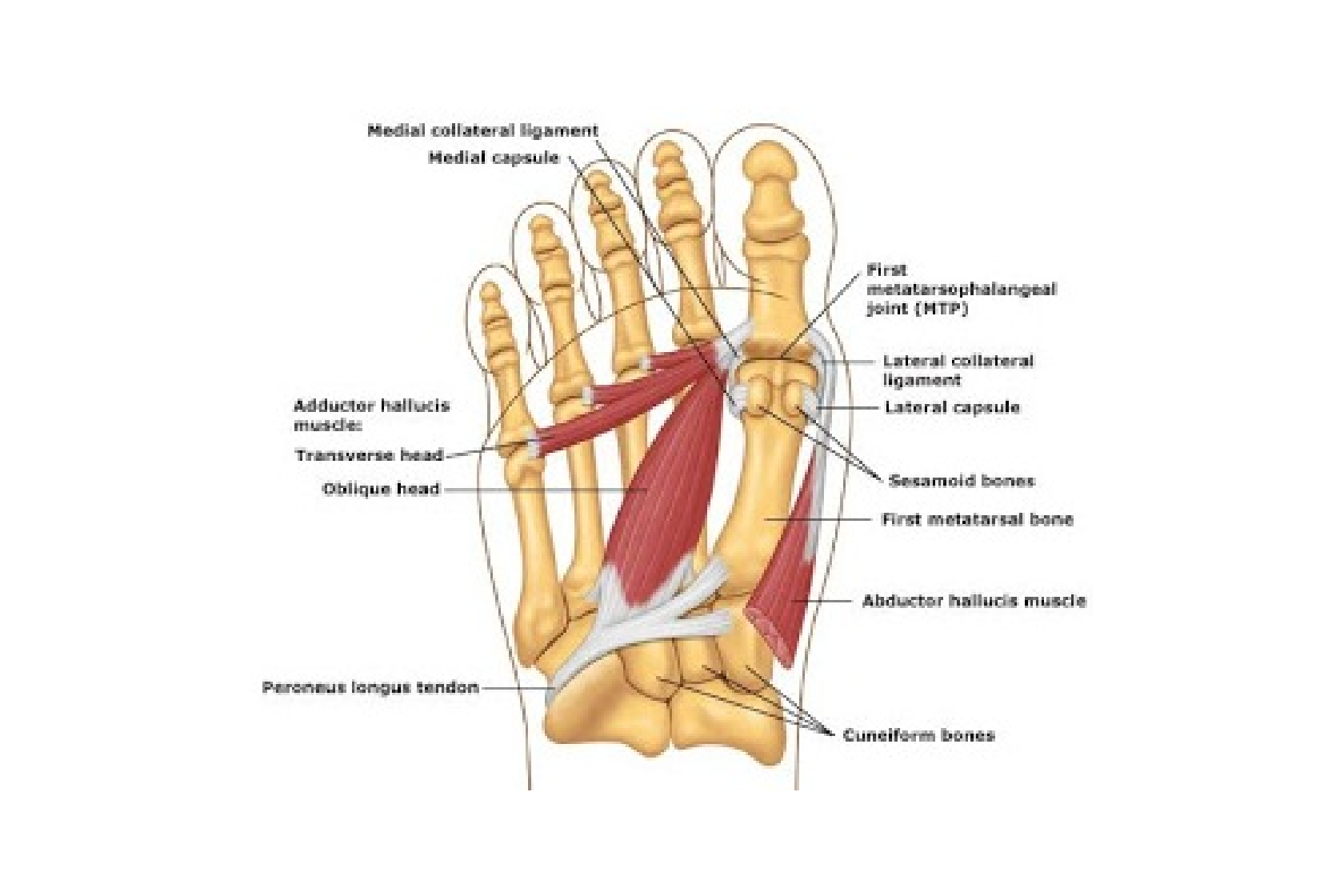
Bunion – What is it?
A bunion, also know as a ‘Hallux valgus deformity’, is a painful deformity that occurs at the base of the big toe (the 1st MTP joint). A complex mechanism results in a painful prominence forming on the inside of the great toe, and the toe itself begins to migrate towards the 2nd toe.
Normally the big toe should point forwards. When a bunion develops, the big toe drifts towards the lesser toes. When present, bunions commonly occur in both feet.
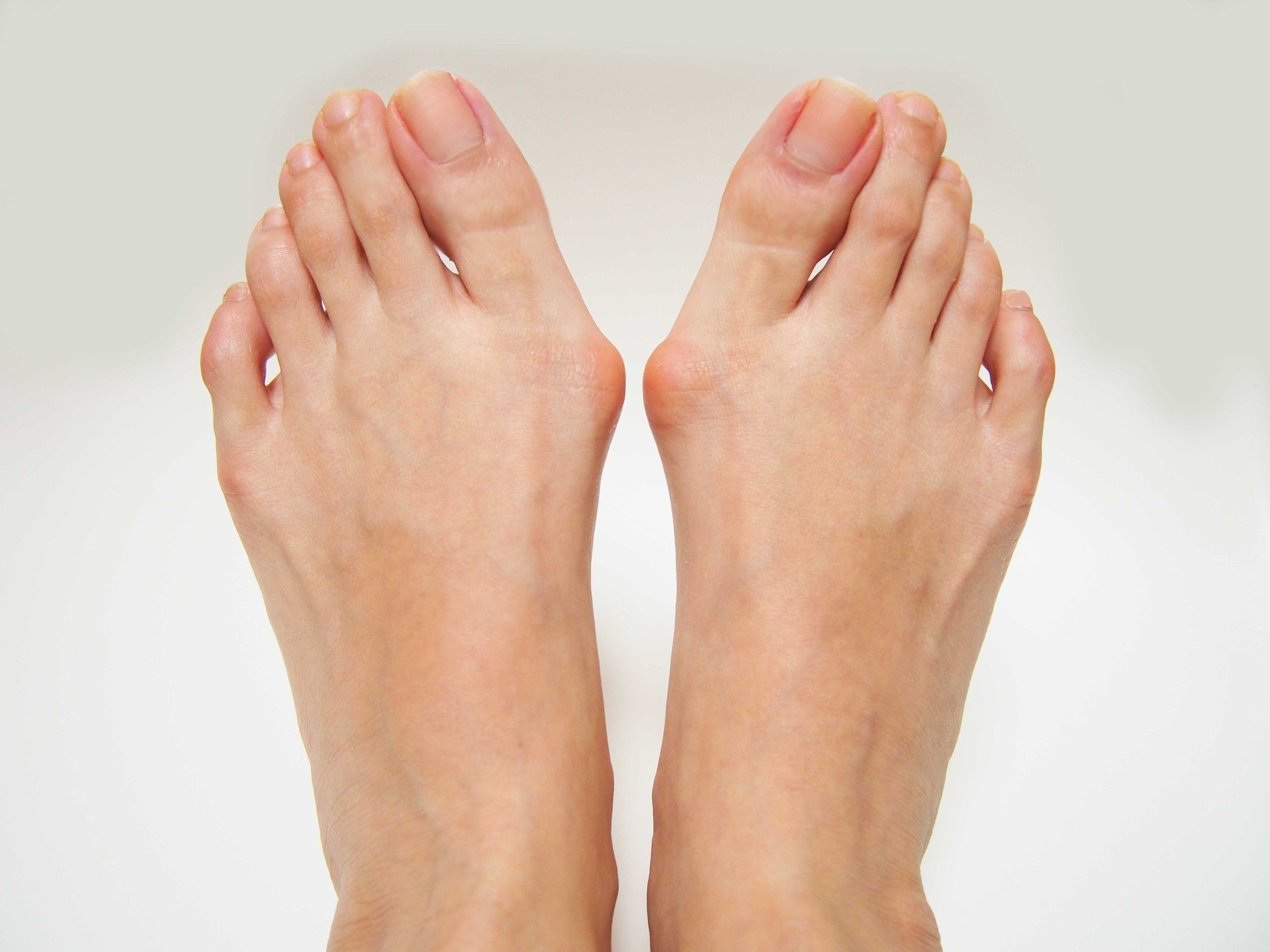
Bunion – Why does it form?
Bunions are more commonly found in women, and there is often a strong history of bunions running in the family.
There is no single cause as to why bunions develop in some people and not others. A combination of genetic predisposition, foot shape, and narrow footwear may contribute to symptomatic bunions.
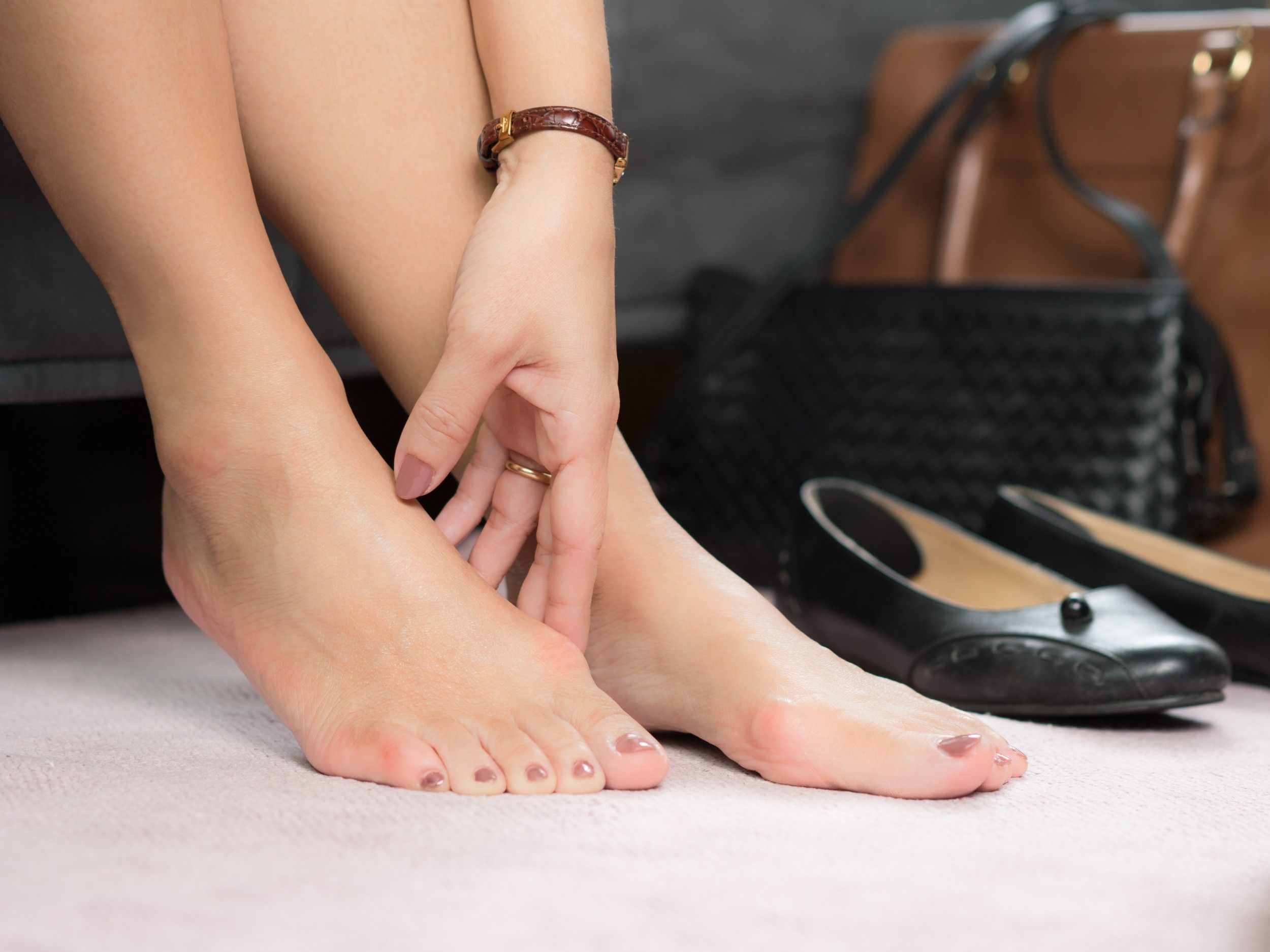
Over time, gradual angulation of the bones occurs, with a stretching of the medial (inner) soft tissues, and contraction of the lateral (outer) soft tissues, resulting in a permanently angulated toe.
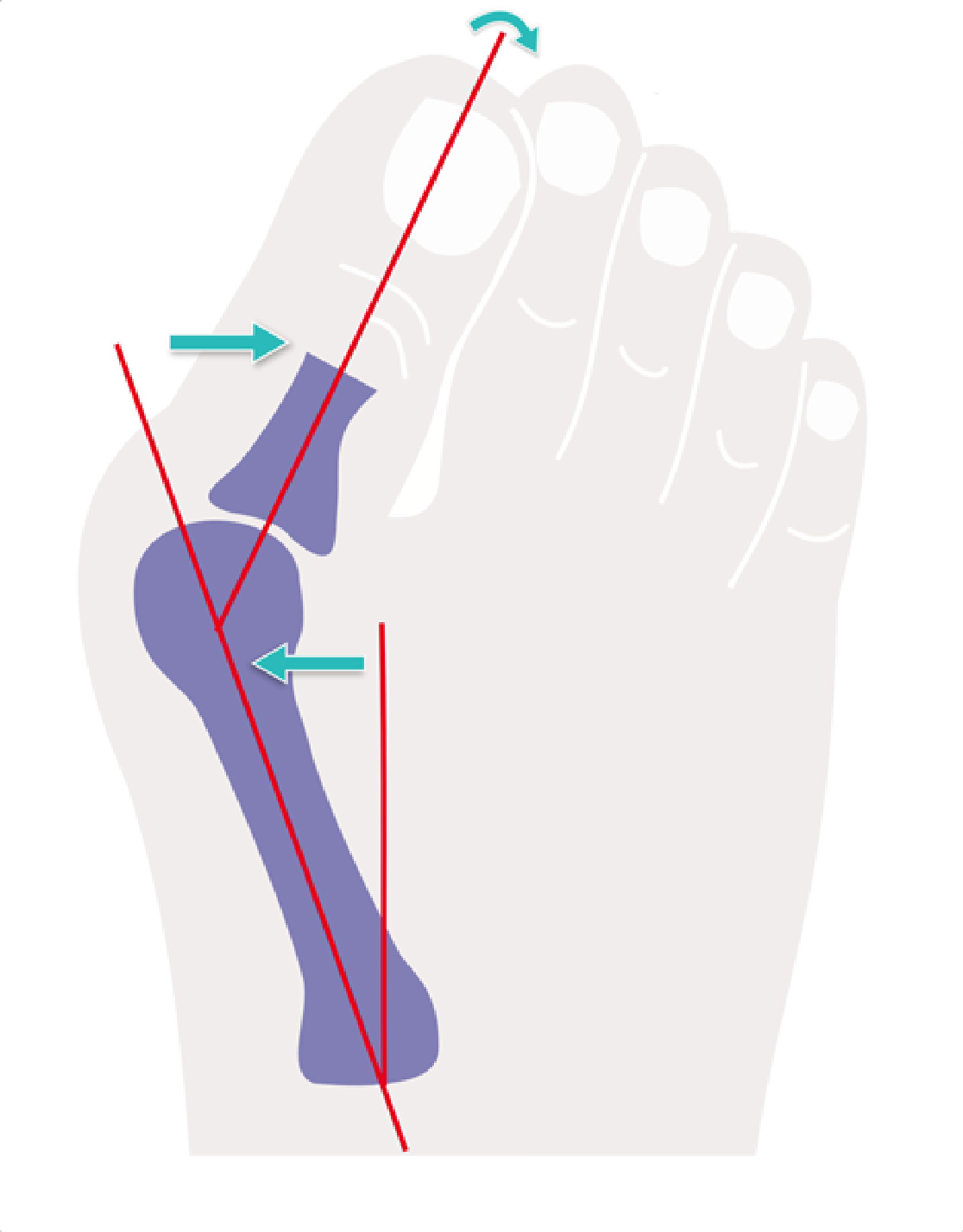
Bunions – What issues can the cause?
While some bunions cause minimal symptoms, other people are greatly impaired by this condition.
Difficulty with footwear
Most patients with symptomatic bunions will experience painful pressure areas over the bony prominence. Difficulty wearing narrow shoes is common. In Severe cases, the bunion can result in lesser toe deformities that also cause callus formation with footwear.
Development of arthritis
Arthritis can develop in patients with underlying bunions. Increased pain and stiffness typically results.
Cosmetic Deformity
As bunions progress with time, cosmesis can become an issue for patients.
Compression of sensory nerves
The deformity can result in loss of function to one of the sensory skin nerves that runs through this region. Patients may experience loss of sensation over the big toe.
Bunion – Imaging
Plain weight bearing x-rays are arranged. These allow assessment of the severity of angulation, the presence of any underlying arthritis, and the position of the joints of the lesser toes.
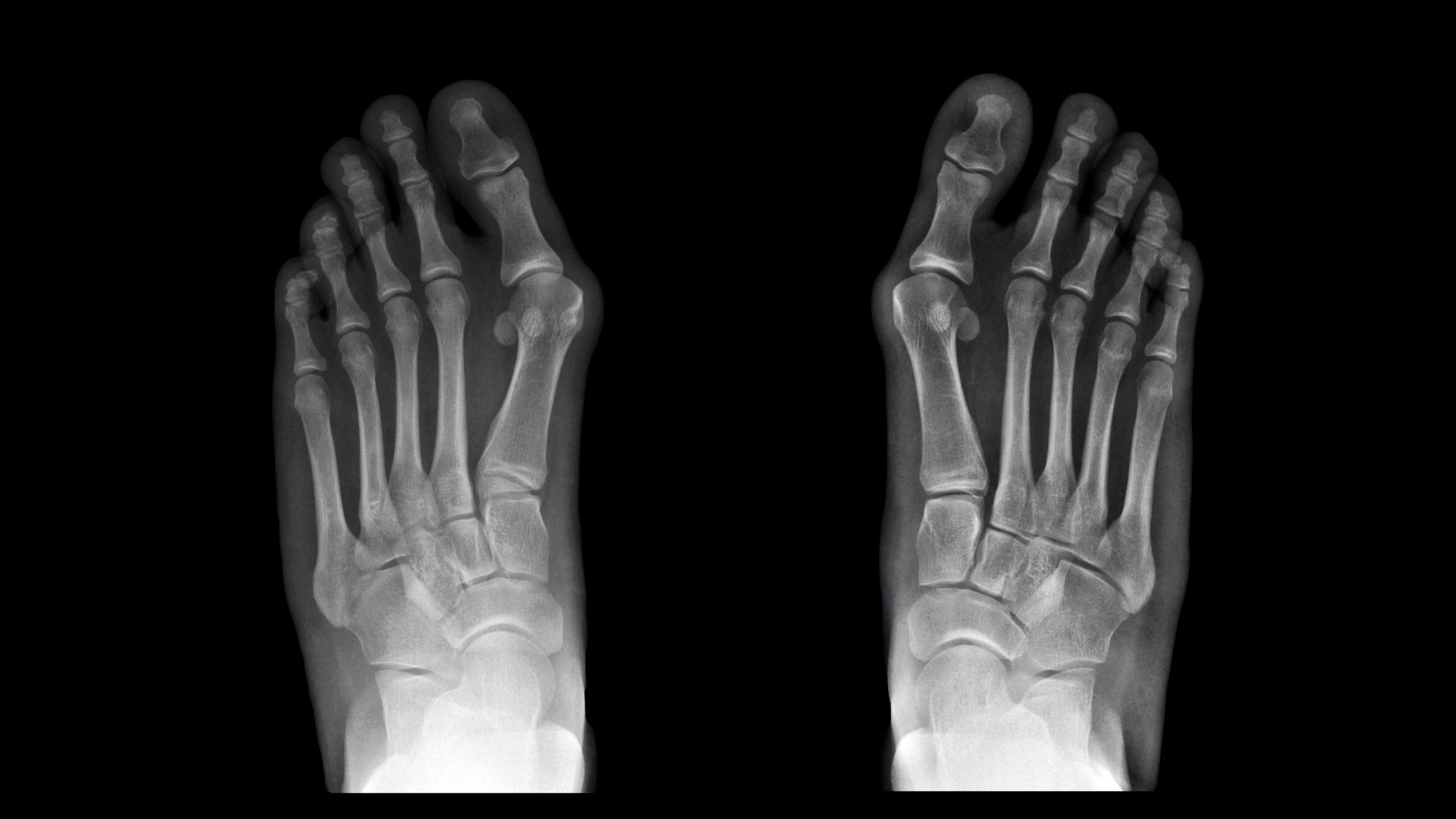
Treatment of bunions
Nonoperative treatment of symptomatic bunions is aimed at reducing the pressure going through the foot, and to reduce pressure sores and ulcer formation. This is usually attempted with a change in footwear. ‘Accommodative’ shoes, bunion pads, and orthotics may help relieve the pain.
Keyhole Minimally Invasive Bunion Corrections
Dr. Mike Smith performs ‘Keyhole’ minimally invasive bunion corrections
This technique is used to remove the bunion and straighten the toe. This specialised keyhole technique minimises scarring and usually requires no stitches.
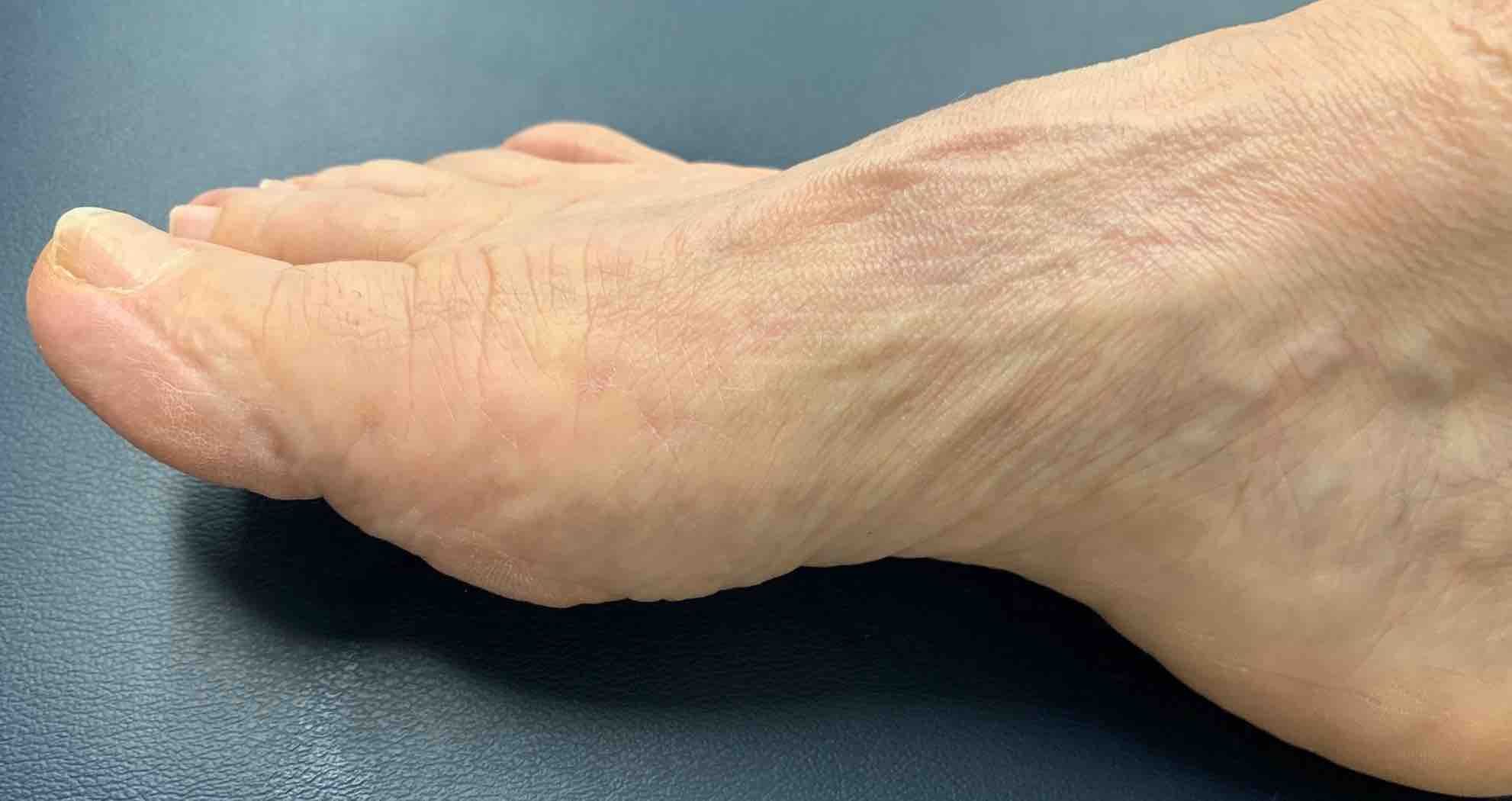
Do you experience any of the following issues with your bunions?
Pain over your bunion
Difficulty wearing shoes
Concerned with your foot’s appearance

